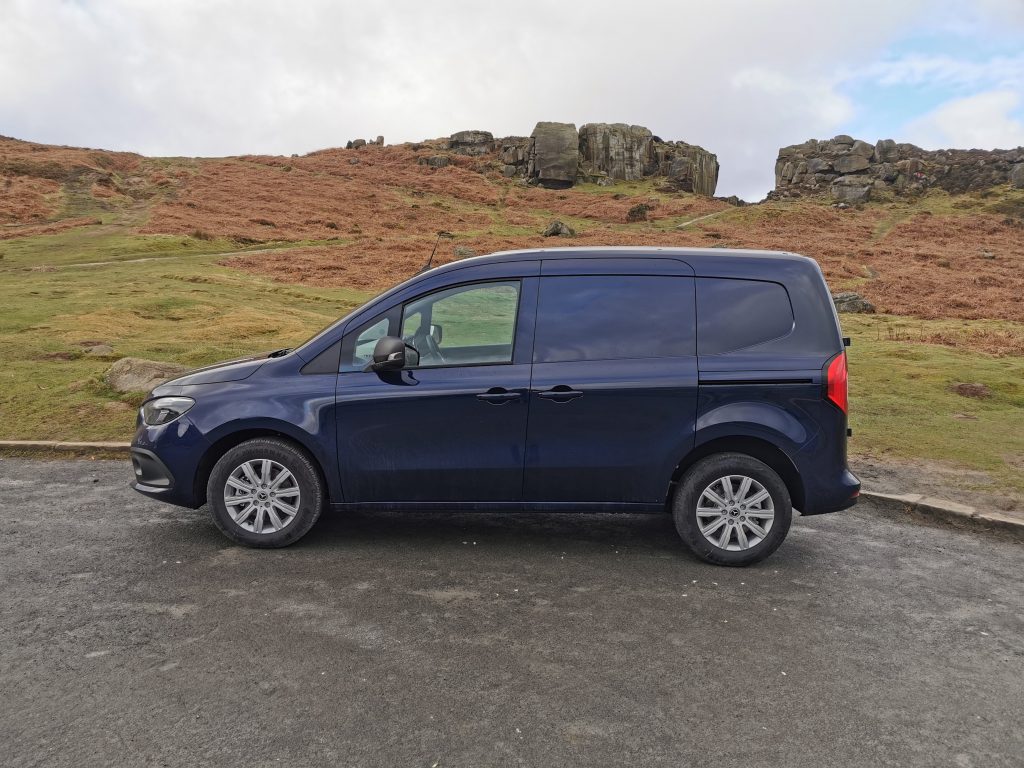Mercedes-Benz Citan Review
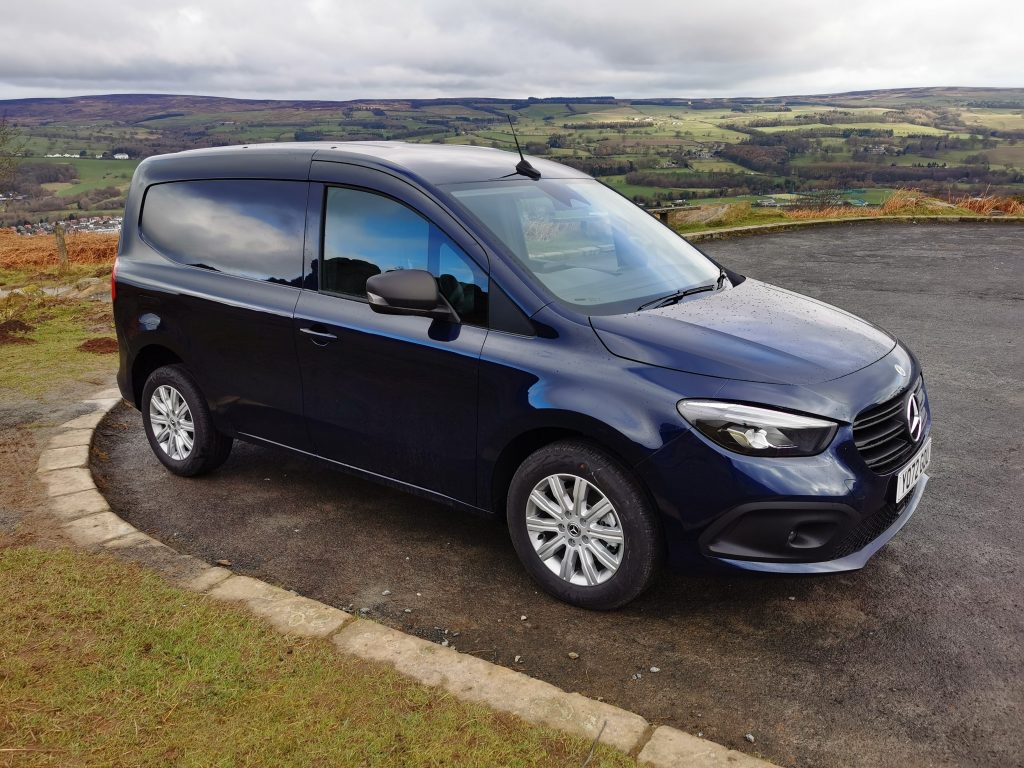
Mercedes-Benz was probably a little underwhelmed by the number of sales that the original Citan achieved compared to the Renault Kangoo that shared its platform. Reasons could be many fold but the fact that the van felt and looked like a Kangoo with just a different grille may well have been instrumental, together with the fact that many van customers wouldn’t think of Mercedes-Benz as a brand when considering a new small van.
With the launch of the new Kangoo to critical acclaim in 2022 (it and Citan jointly winning the coveted International Van of the Year trophy) there had been an opportunity for Mercedes-Benz to reconsider its strategy and to further distinguish its version of the van from both the Renault and also the Nissan Townstar which is an additional party to the platform sharing agreement. I’ve spent a week with this new van and, given that I tested the Kangoo just a few months ago it was an ideal opportunity to compare the small van proposition from both companies.
Unsurprisingly, the van is being offered in the same two lengths, L1 and L2, although the longer version isn’t available at the time of writing, being planned for release later in 2023. It also matches Kangoo with two trim levels, this time named Progressive and Premium, although the equipment levels differ. The test van was to the higher Premium specification.
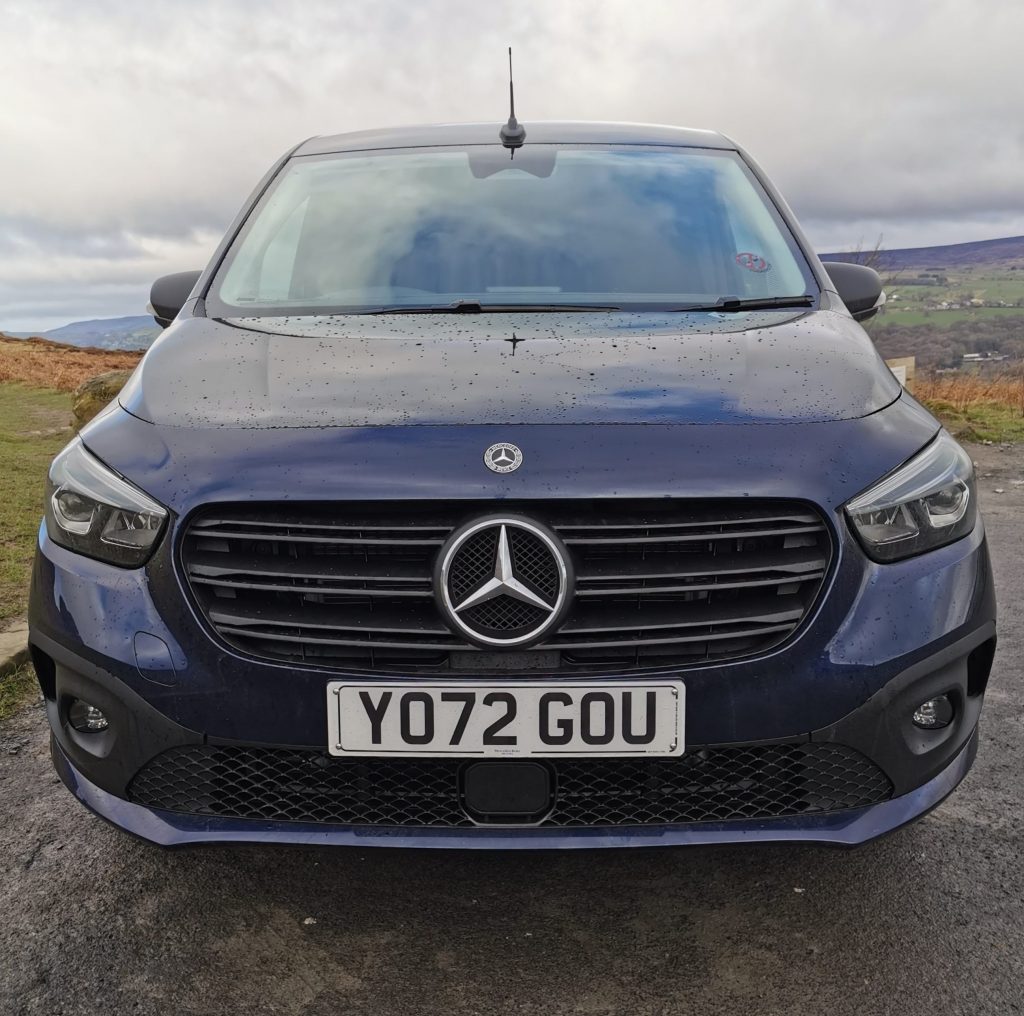
On the Outside
It’s as you would expect – a relatively unremarkable but still quite smart small van that is unlikely to turn many heads. Mercedes-Benz has retained the front bumper and light design from the Kangoo but the grille is now fully surrounded rather than meeting the bumper at the lower edge, and of course boasts the three pointed star in all its glory. In Premium trim, the outside of the van is enhanced with some very nice 10-spoke alloy wheels, metallic paint, a body coloured front bumper and LED high performance headlights.
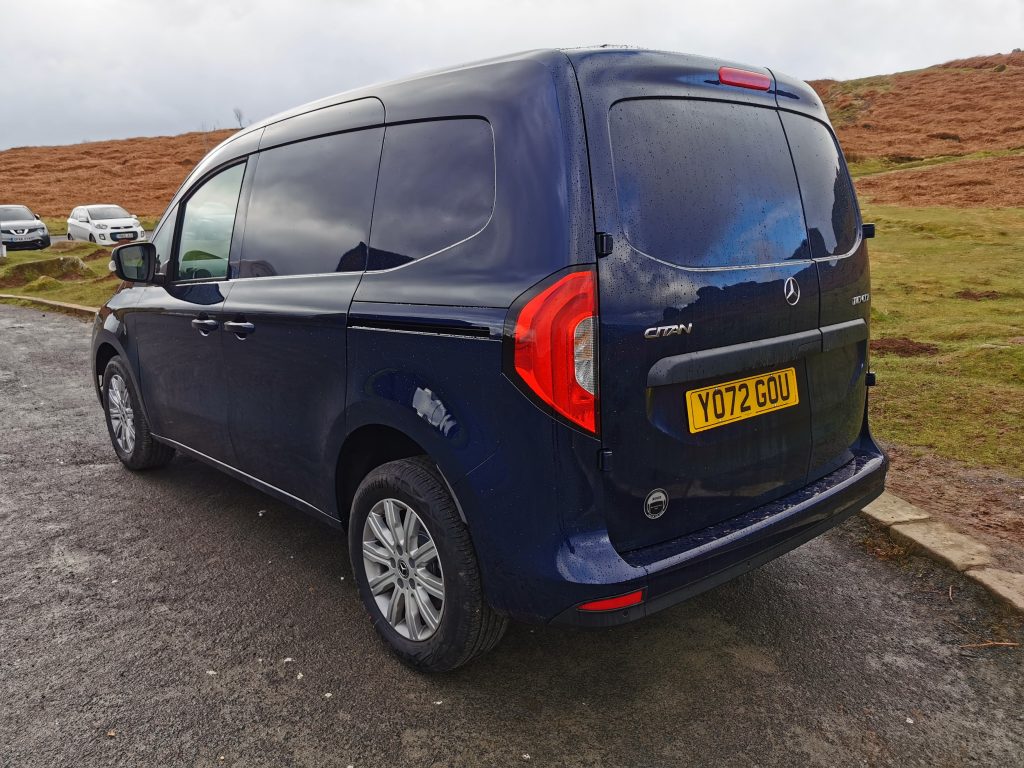
Under the Bonnet
The German firm has opted to offer the van with a single engine option, the 95hp version of Renaults 1.5 litre diesel unit. It’s available with either a 6-speed manual, or a 7-speed automatic gearbox which was fitted to the test van. There’s also the fully electric eCitan with its 90kW motor which has an official range of 186 miles.
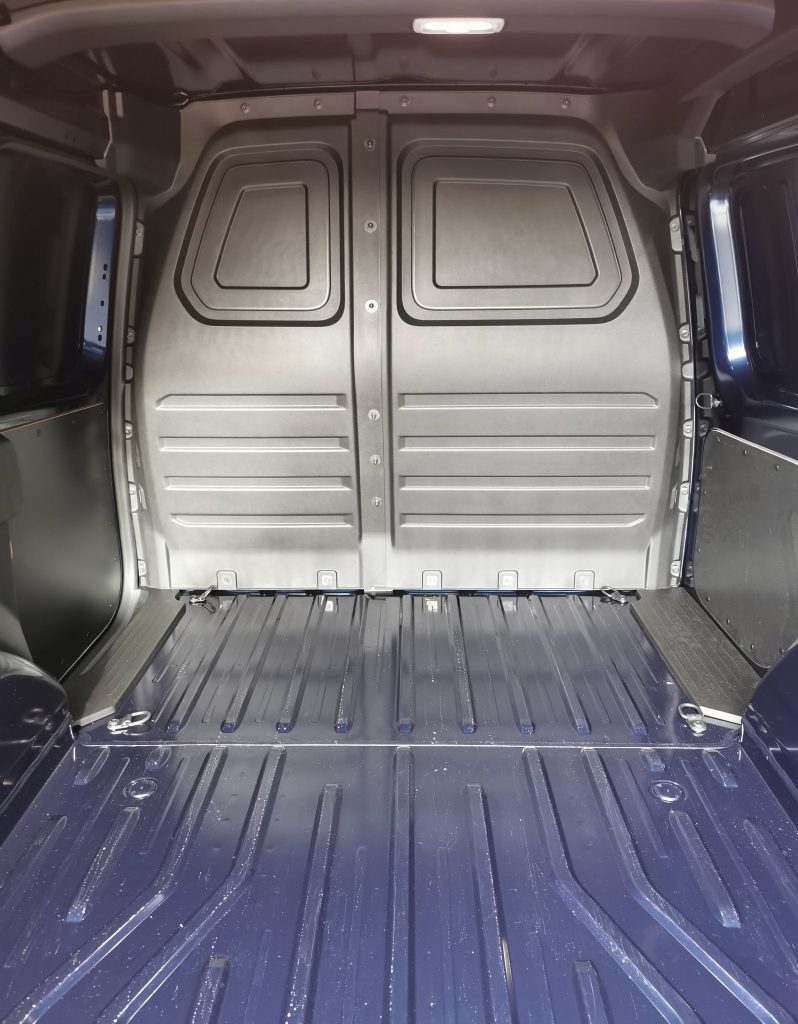
Loads and Weights
According to the data sheets, Citan is quite a bit heavier than the Kangoo, the French van having a kerb weight of 1464kgs whilst its German sibling weighs in at exactly 100kgs more. Quite why the payload of the Kangoo is stated as 850kgs whereas the Citan’s (where the maths look to make more sense) is listed at 666kgs is anyone’s guess. On the presumption that Mercedes-Benz has this calculation correct, this payload falls quite a way short of that offered by the Stellantis group, the Berlingo etc offering over 1000kgs. The van has 1806mm of load length, 1832mm of height and a maximum width of 1524mm. There’s a ‘TBC’ in the data regarding load volume, but, as the Kangoo offers 3.3 cubic metres, it’s unlikely to differ from this once announced.
Access to the load area is via twin rear doors and a single side door, a second one being optional (standard on Kangoo).
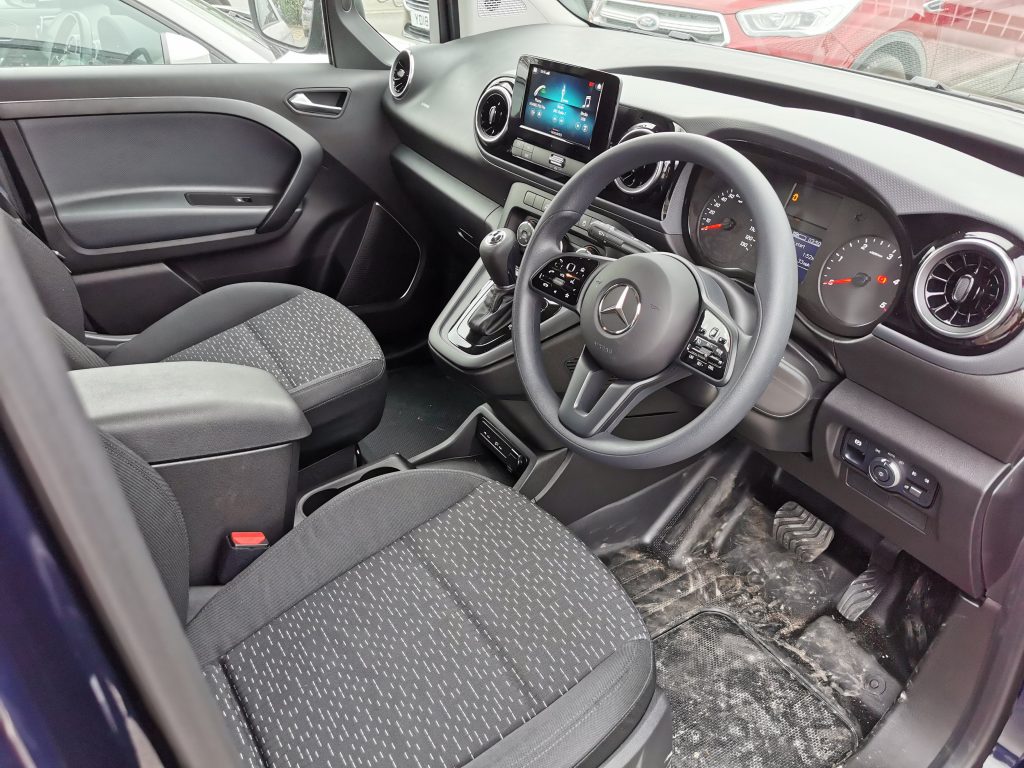
The Cab Environment
Mercedes-Benz has stamped its authority here, the dash being completely different to that in the Renault. It’s classy, especially with the carbon fibre style gloss trim in the Premium model, giving a real air of quality and featuring the unmistakable Mercedes-Benz air vents. There’s a fair amount of cab storage, always a challenge for designers of a small van including a good sized tray on the dash top and a lidded centre storage compartment doubling up as an armrest. The steering wheel has plenty of multifunction controls but I found the two touchpad style buttons very difficult to get the hang of. The multimedia unit is nicely angled just slightly towards the driver although its interface (not the same as the Renault version) isn’t the nicest or most logical I’ve ever experienced. After a few days of familiarisation, it became reasonably easy to find what I was looking for whilst driving. In the lower centre section there are two USB micro C sockets but no type A, which caused me an issue initially when I was unprepared with the wrong type of lead with me.
The trip computer in the centre of the instrument panel contains all the usual (plus more) information, but the graphic display isn’t the best, and the fuel gauge in particular is tiny and looks like an afterthought.
There’s definitely an air of Mercedes-Benz quality in both the design of the cab interior, and in the materials used. As small vans go, it doesn’t get much better than this.
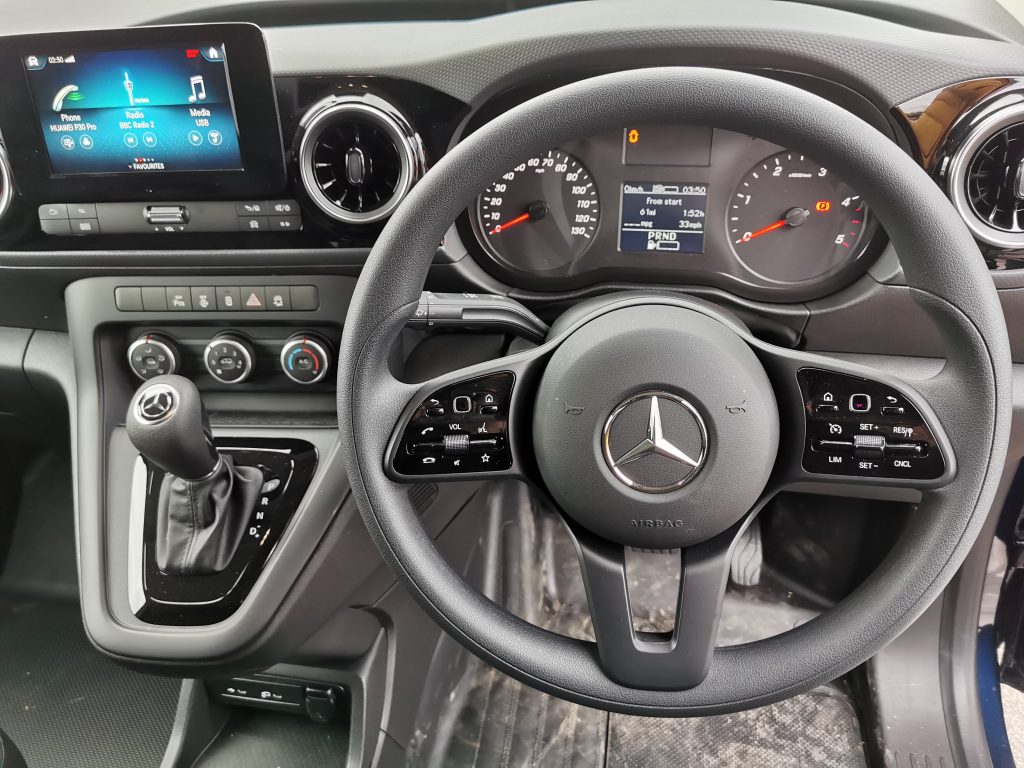
Spec and Tech
Mercedes-Benz includes a raft of equipment as standard. Entry level Progressive gets air conditioning, Android and Apple smartphone integration, cruise control and plenty of ADAS features such as Active Brake Assist, Attention Assist and a rear parking package including sensors and a reversing camera. The Citan at Premium spec adds mostly the exterior refinements already mentioned, but there’s some chrome interior trim and the gloss black dashboard.
On The Road
The Kangoo is probably the best van I’ve ever driven when it comes to handling, steering and roadholding, so naturally, the Citan is on a par. It’s a van that you look forward to taking out, especially on quiet, rural, twisty roads when it can be pushed to its safe boundaries. In addition, it’s unladen ride quality is great and it’s pretty quiet in all aspects with just engine noise intruding a little, especially when the van is being driven quickly. Performance from the 95hp engine isn’t earth shattering but it’s OK, and whilst having an automatic transmission is nice, the box felt slightly dated in operation compared to some of the competition where changes are often almost imperceptible. Not the case in the Citan but, it is perfectly acceptable, just not, well, perfect. The driving position is good with no issues after a couple of long journeys, and the seat in particular is very comfortable.
Conclusion
Mercedes-Benz had another chance here to get it right, perhaps something that wasn’t quite achieved with the Citan in its first incarnation. And get it right it has. It’s taken a truly excellent small van and has injected some German DNA, particularly when it comes to the cab environment which oozes class and quality. The challenge now is to get the van onto customers shopping lists, not just from an awareness perspective, but also justifying the significant price differential, with the Kangoo starting at £18650+ VAT and the Citan £21310. That’s a big premium to pay, but, list prices aren’t the same as transaction values, and there’s the possibility of higher predicted residual values potentially making the Citan competitive in the leasing market. But, fair play to Mercedes-Benz, it has taken the best small van on the market and made it even better.
